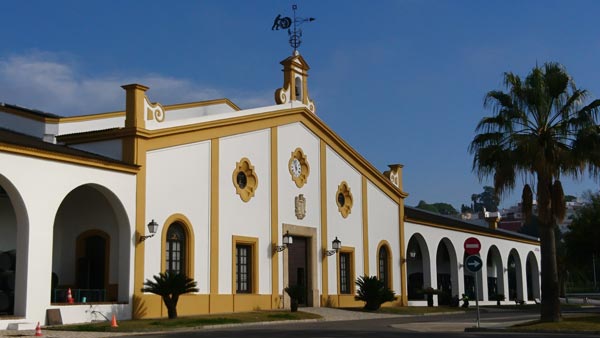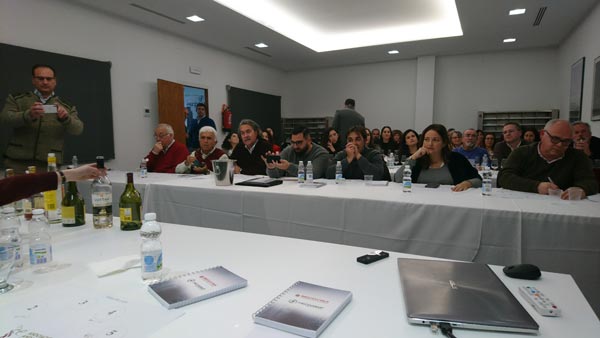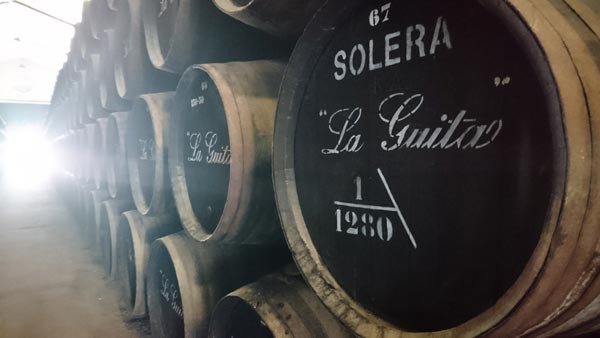A worldwide first: membrane-based stabilization for a flor-aged Jerez wine
Early in February, our Spanish partner TecnoEquip provided a renowned Jerez-based winery with a tartaric stabilization service. It was the first time ever that a wine aged under a flor veil got the membrane based-stabilization treatment. This event was the occasion for Oenodia to try and unveil (!) the secrets of those enigmatic wines born in the southernest part of Spain. Jerez (or sherries) are wines of paradox: in spite of the global fame of the name, the winemaking process remains a mystery, kept hidden in the coolness of dimly-lit Andalusian bodegas.
Unveiling Jerez
At the heart of Jerez’ identity lies the very specific aging process some of its wines undergo: after fermenting in tanks, the wine made from local varietal palomino is fortified to reach a 15% ABV rate, then transferred into barrels. Barrels are only partially filled up, leaving around a third of each empty. The magic happens where the wine meets the air: a veil called “flor” develops. Made up of a cocktail of Saccharomyces yeasts, the flor consumes – among others – residual sugars, dissolved oxygen and acetic acid, while producing carbon dioxide and acetaldehydes. This biological aging protects the wine from oxidation and allows for a subtle, complex nose to develop.
Going hand in hand with the flor, the solera system for aging and fractional blending is also unique to Jerez. Physically, a solera is a group of wine batches dispatched in a set of barrels, stacked in lines. The lowest level of a set is also, a bit confusingly, called a solera and contains the oldest wine. On top of the solera, you find the first criadera, holding a slightly younger wine, and so on up to the last criadera, which is the one holding the youngest wine. For each bottling, a third of the solera level (holding the oldest wine) is sacked. The solera barrels are filled back up with wine from the first criadera, and so on until you fill the last criadera with wine from the latest harvest directly from the tank. The system maintains consistency in style and quality of the final product, through a gradual blending of vintages. It is also vital to keeping the flor alive, providing it with nutrients from younger wines.
Additive-free, environmental-friendly tartaric stabilization
Until now, only cold stabilization has been implemented for tartaric stabilization in the DO Jerez area. A warm climate, winters included, means cold stabilization has a low energy-efficiency. Membrane-base stabilization is a subtractive method that typically consumes 0,2kWh per hectolitre, allowing for up to 95% energy savings compared to cold stab. and making the technology quite relevant for the region. Secovisa, the local specialist for manufacturing and selling winemaking equipment, organized a technical workshop with members of the Andalusian Winemakers Association that allowed us to discuss technical, financial and environmental aspects of membrane-based stabilization (more on the workshop in local news : www.diariodecadiz.es). We were able to taste and enjoy the fino that had just been stabilized by Tecnoequip’ mobile service. We do hope it will be the first of a long series – and not just because we’d love to come back to Jerez.





